Pedras Parideiras (rock delivering stones)
When stones give birth to stones
23.11.2016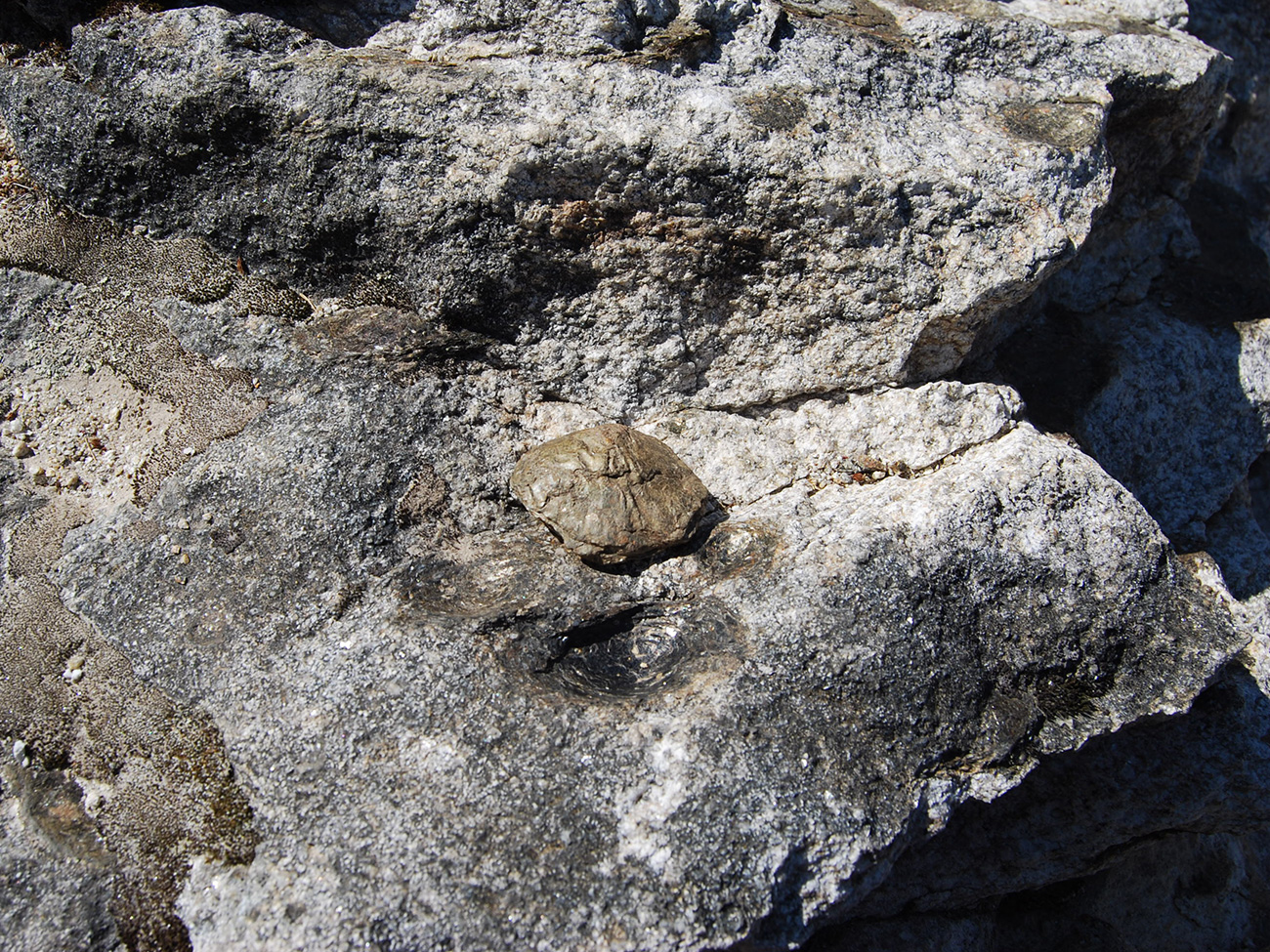
Close to a place called Castanheira in the Freita mountain range of the Arouca region in Portugal, there is a great 1,000 x 600m block of rock that gives birth to other, smaller rocks.
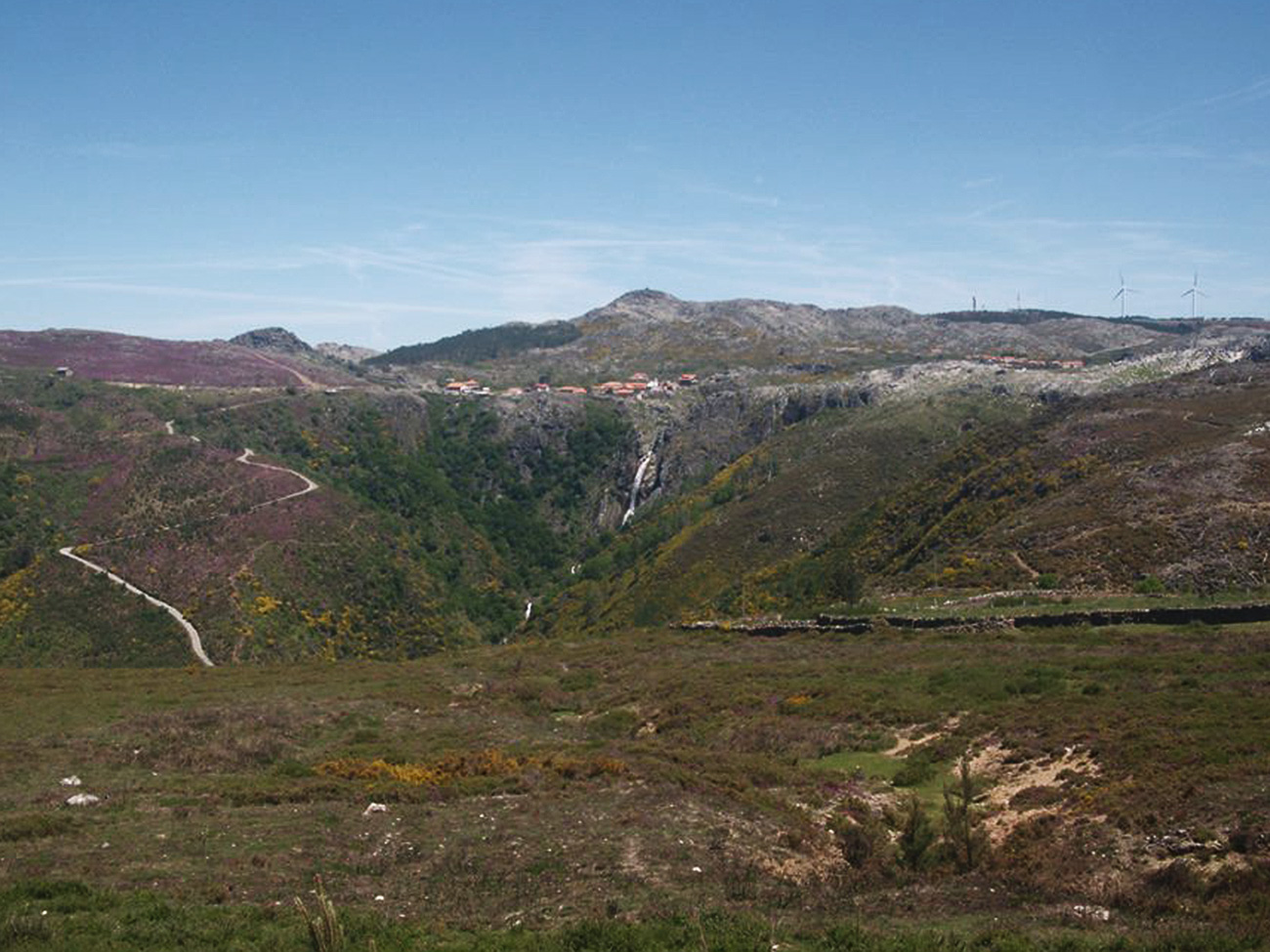
©Luís Caetano
Parideira Stones (rock delivering stones) is the name given to this phenomenon of granitization, which is the only of its kind in Portugal and extremely rare in the rest of the world. Apart from Portugal, it is only known to occur in an area close to St Petersburg in Russia.
This “mother stone” which dates back over 280 million years, is a granite outcrop with small incrusted nodules shaped like biconvex discs that are between 2 and 12cm. Thermal oscillations or the effects of erosion cause these nodules to become detached from the mother stone and spread out, leaving a relief in the place they once were. These small “broken stones” are made up of the same mineral elements of granite; their outer layer is composed of biotite (a dark mineral with a metallic sheen) and the internal layer has a quartz and potassium feldspar nucleus.
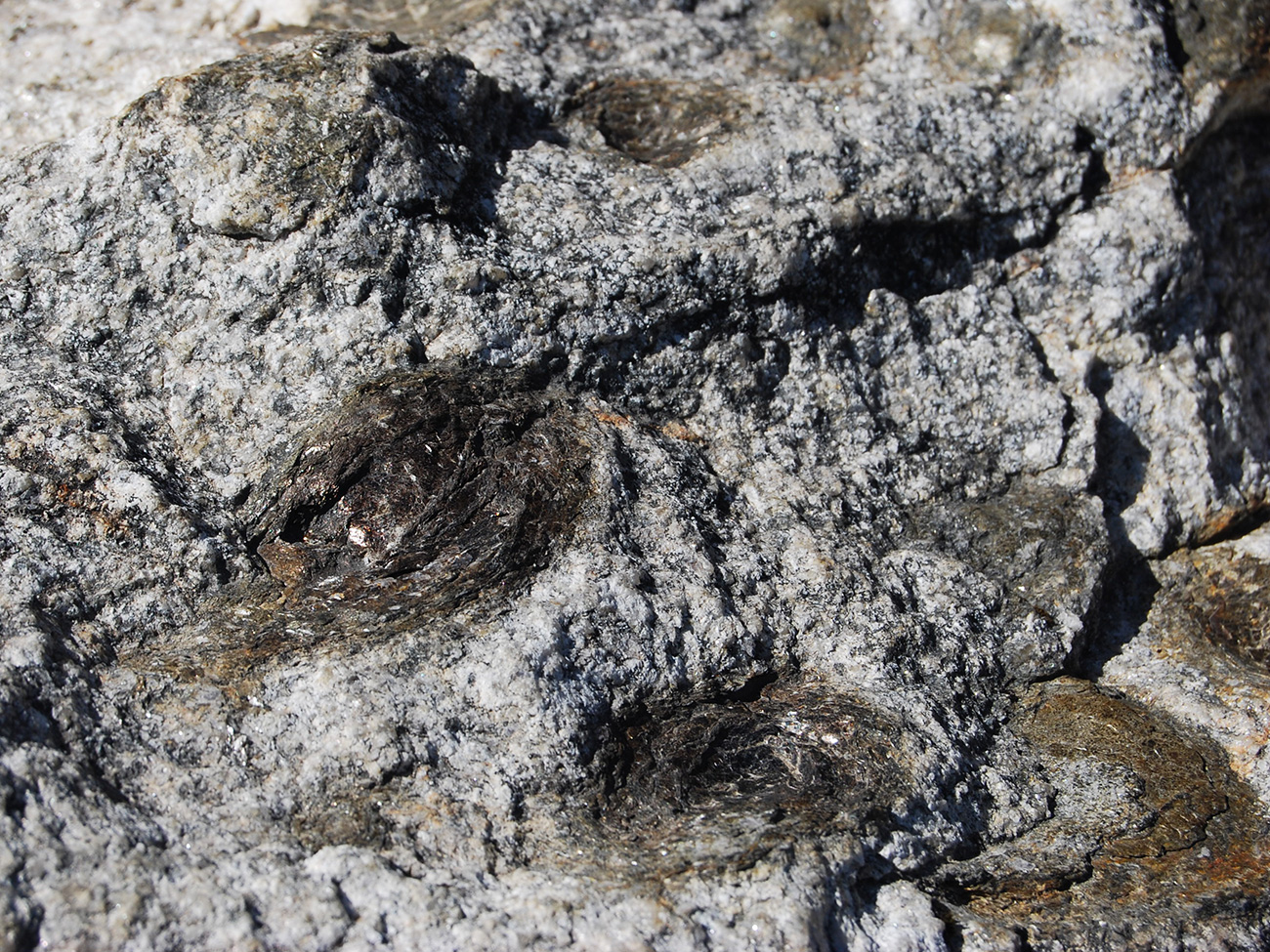
©Cssantos
In this region of Portugal, the Pedras Parideiras symbolize fertility in ancestral tradition. The local populations believe that placing one of the small rocks under a sleeping pillow can increase fertility.
This phenomenon has not been completely explained by science and as such raises considerable curiosity and even local beliefs. In Castanheira, the Casa das Pedras Parideiras – an Interpretation Centre that has been open since 2012, offers a geological and pedagogical contextualization of the phenomenon and organizes visits to the stones.
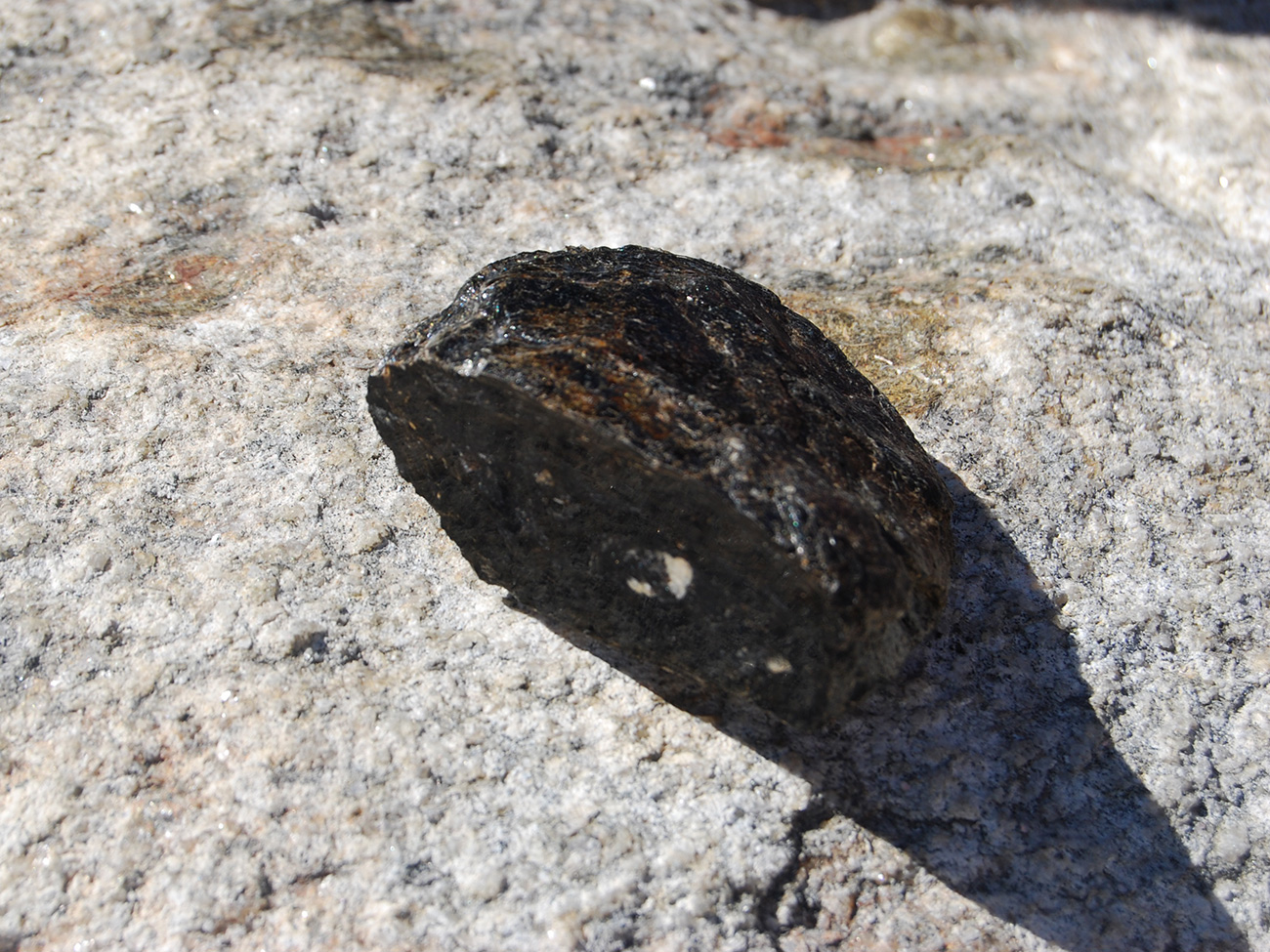
©Cssantos
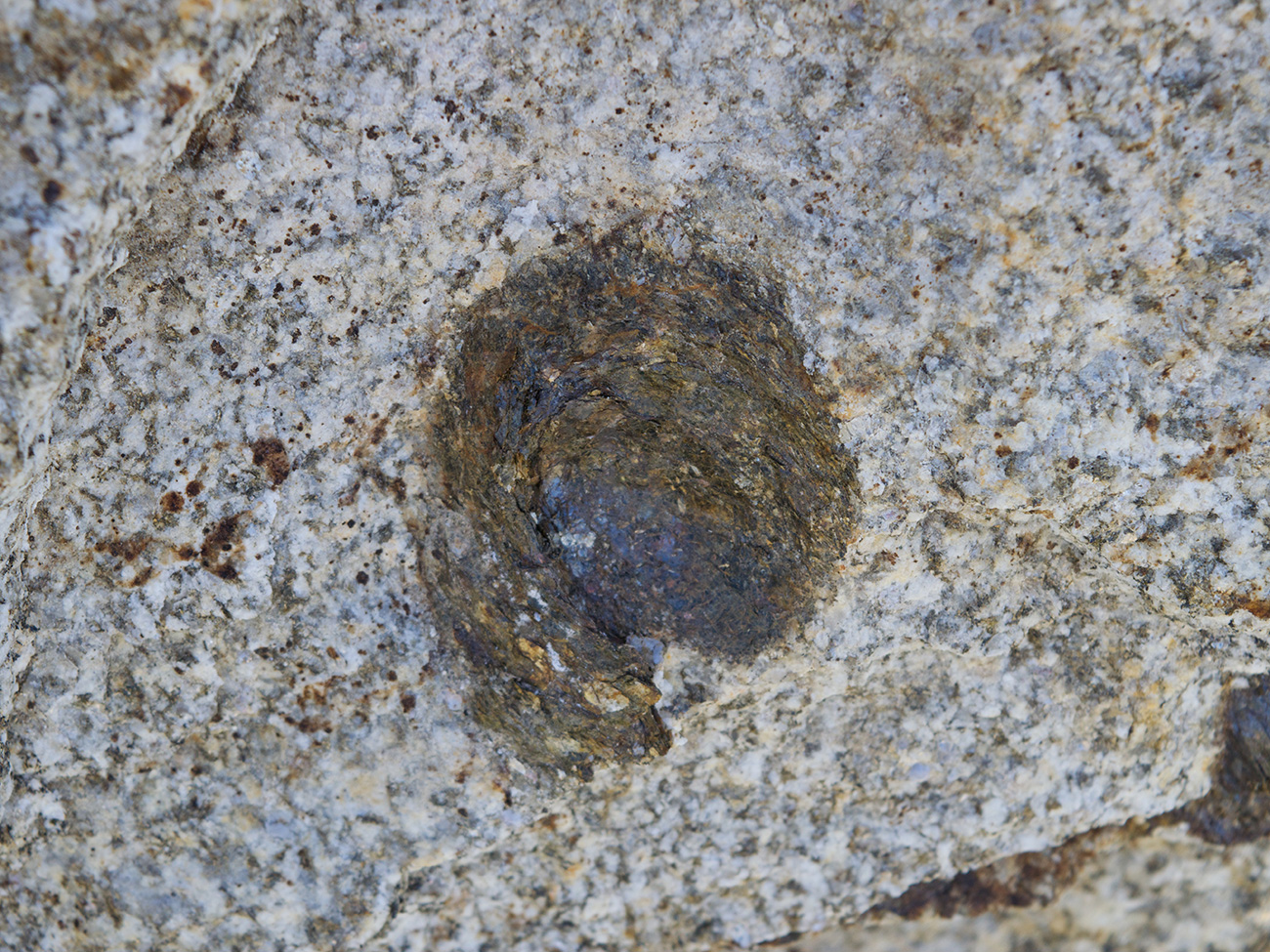
©Ricardo Oliveira
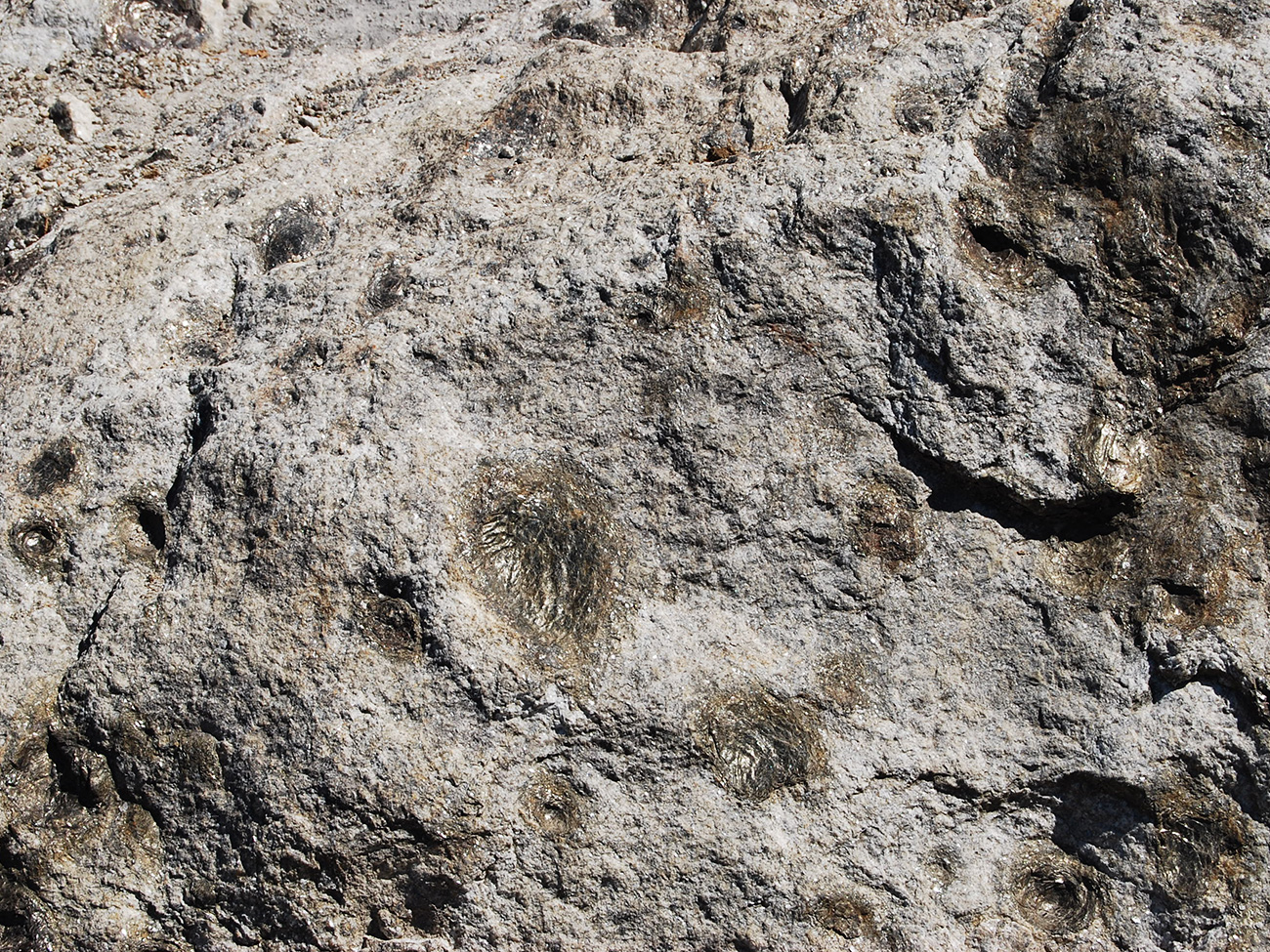
©Cssantos